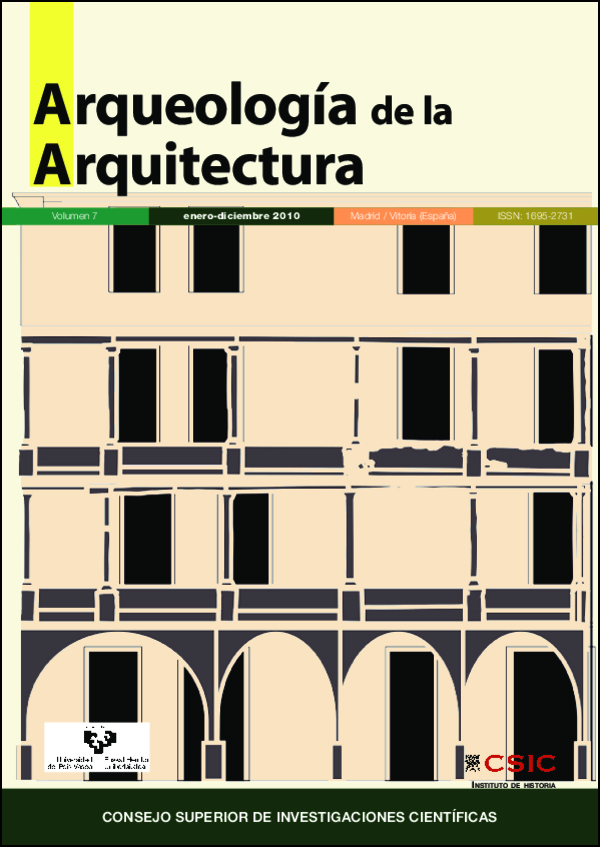Aspects about long term continuity in the architecture of Venice and remarks on tipicity of some stratigraphical processes
DOI:
https://doi.org/10.3989/arqarqt.2010.10005Keywords:
Venice, history of architecture, building conservationAbstract
In order to interpret the links between Venice and Byzantium, it is firstly described how earliest houses in Venice were decorated by using sculptures coming from trading places. It is described the use of disassembled elements and the replacement of others, such as cornices, windows’ elements, coats of arms, among others. These were used firstly as a revival (Neo-Byzantine, 15th century), and later as reflection of the Venetian society «prudence», related to its behaviours and traditions. This prudence is mainly shown in the Renaissance. Besides this, other aspects such as the type of building and the façades, which are the main transformed surface, are analysed with the aim of researching periodical and characteristic dynamics, mainly in those façades showing stylistic renewal and new elements. Some external façades have maintained specific and easy observable characteristics, so they can be associated to a determined stylistic and morphological period. Other façades are stratified, as it is shown by the presence of elements (windows, cornices, …) of different building phases. After tracing the main stratifying processes in about 40 study-cases, thanks to a macroscopic analysis, some ways of new composition elements and different stratified units are described. According to this, it is clear that the main principle is the searching for symmetry. Finally, some ways of intervention on the façades are described, highlighting some significant cases.
Downloads
Downloads
Published
How to Cite
Issue
Section
License
Copyright (c) 2010 Consejo Superior de Investigaciones Científicas (CSIC) - Universidad del País Vasco/Euskal Herriko Unibertsitatea (UPV/EHU)

This work is licensed under a Creative Commons Attribution 4.0 International License.
© CSIC. © UPV/EHU. Manuscripts published in both the print and online versions of this journal are the property of Consejo Superior de Investigaciones Científicas and Universidad del País Vasco/Euskal Herriko Unibertsitatea, and quoting this source is a requirement for any partial or full reproduction.
All contents of this electronic edition, except where otherwise noted, are distributed under a Creative Commons Attribution 4.0 International (CC BY 4.0) licence. You may read the basic information and the legal text of the licence. The indication of the CC BY 4.0 licence must be expressly stated in this way when necessary.
Self-archiving in repositories, personal webpages or similar, of any version other than the final version of the work produced by the publisher, is not allowed.















